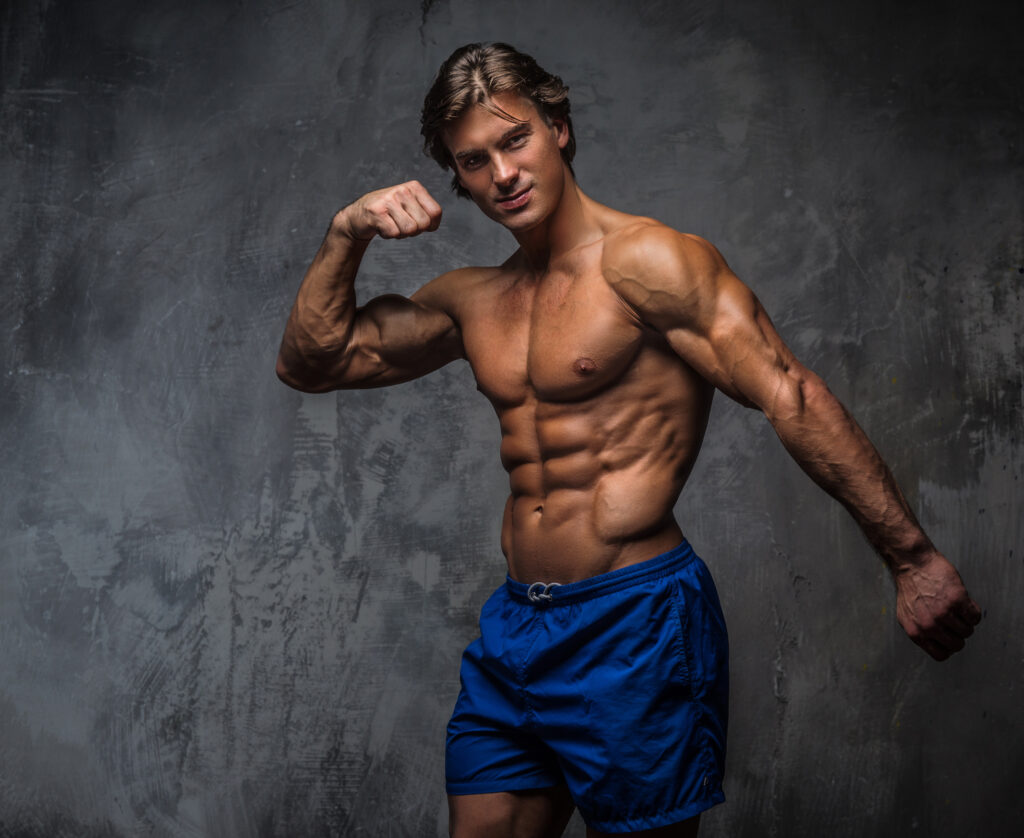Attaining six-pack abs is a specific fitness goal many aspire to, but it’s essential to recognize that standards of attractiveness vary across cultures, time periods, and individual preferences. When we talk about “the most attractive female body,” the answer isn’t universal or fixed.
Historically, different body shapes have been celebrated at different times. In the Renaissance period, for instance, more voluptuous figures were considered ideal. Fast forward to the 1960s, and the slender, boyish frame of models like Twiggy became the trend. Today, society’s ideal body type is influenced by numerous factors, including popular culture, media, and celebrities. Often, what’s projected as the “ideal” is more of a fashion or cultural trend than a fixed standard.
Moreover, around the world, there are diverse beauty standards. Some cultures prize a curvier, fuller figure, while others might emphasize a slimmer, more athletic build. In some places, physical markers like tattoos or scarifications are seen as beautiful, while others might find beauty in traditional clothing or adornments.
It’s also crucial to recognize that personal preferences play a significant role. While societal standards may emphasize one look, individuals have their own unique attractions and ideals, often based on their personal experiences, backgrounds, and intrinsic values.
For those seeking six-pack abs, it’s vital to remember that achieving this look doesn’t necessarily equate to broader attractiveness or health. Such a fitness goal should be pursued for personal satisfaction or health reasons, rather than trying to fit a temporary or shifting societal mold.
The most attractive female body type is subjective and varies based on cultural, historical, and personal factors. It’s always most important to strive for a body where you feel healthy, confident, and happy, rather than chasing after a constantly changing ideal.

